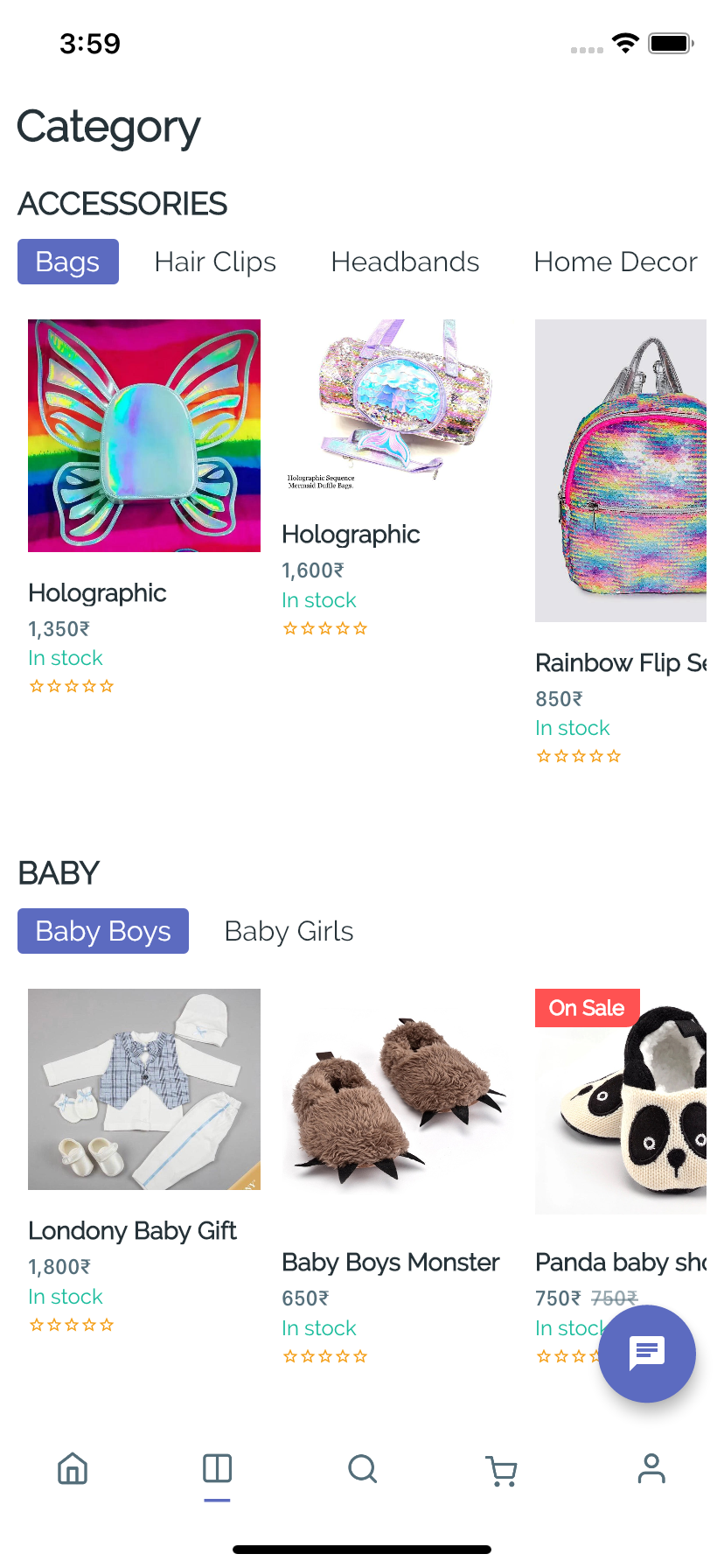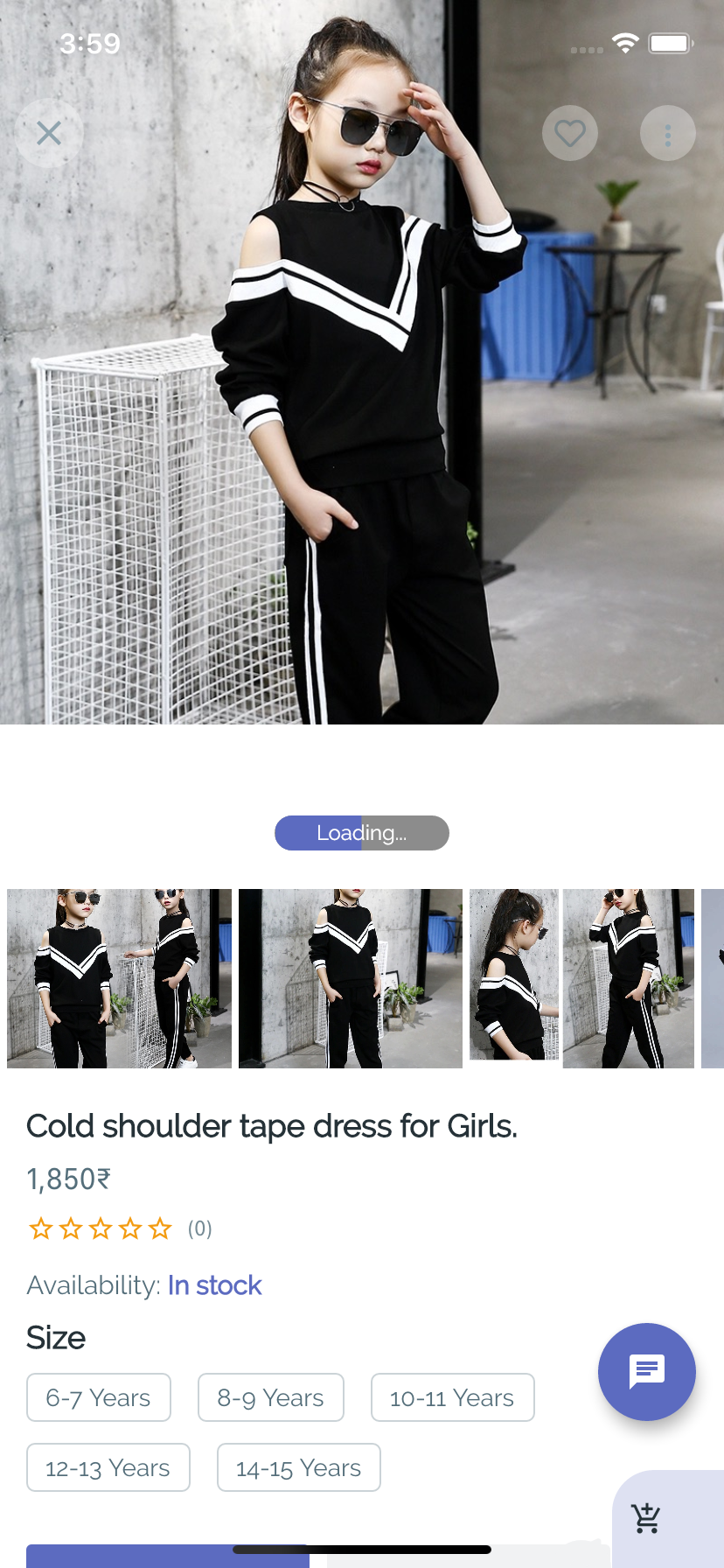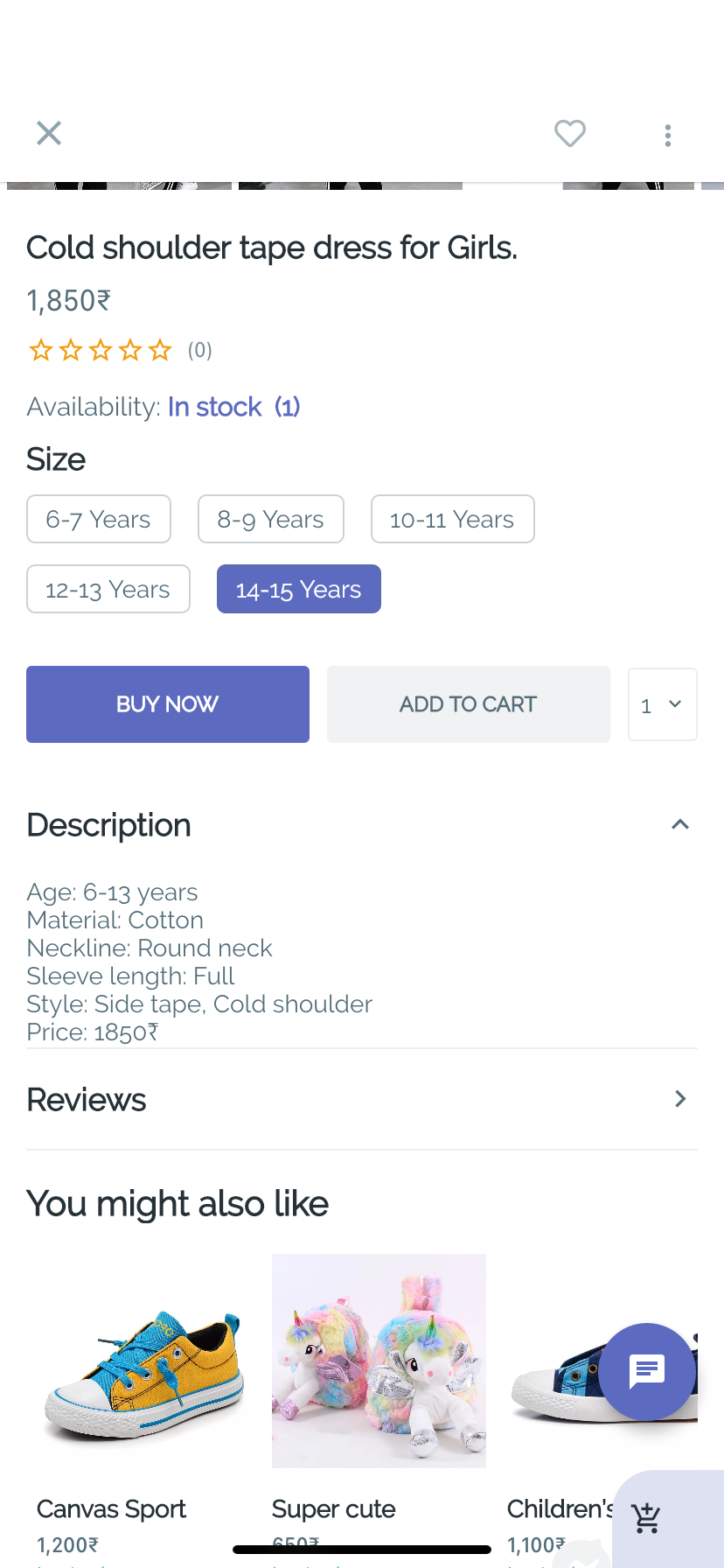Decoding the Maze: A Guide to Kids’ Clothing Sizes
Navigating the world of children’s clothing sizes can feel like deciphering a secret code. Between age ranges, letters, and numbers, it’s easy to get lost in the translation. This guide aims to demystify the system and help you find the perfect fit for your little one.
Understanding the Size Categories:
- Baby: This category caters to newborns and infants, typically ranging from preemie to 24 months. Sizes within this range often use age as the primary indicator, but some brands might also include weight and height for reference.
- Toddler: As your child transitions from crawling to walking, this category takes over, typically starting from 2T (toddler) and going up to 6T. Similar to baby sizes, age is a common guide, but height and weight can be helpful resources.
- Little Kid: This category bridges the gap between toddler and bigger kid sizes, usually ranging from 4-6X. Sizing here might transition from solely age-based to incorporating height and weight information. It’s important to note that this category is typically unisex.
- Big Kid or Tween: Once your child reaches around 7 years old, sizing often starts resembling adult sizes, ranging from 7 to 16. However, some retailers might continue using age ranges or introduce letter sizes like XS, S, M, L, and XL. This is where individual body types start playing a bigger role, and measuring your child becomes crucial for an accurate fit.
Beyond the Label: Tips for Finding the Perfect Fit:
- Don’t rely solely on age: While age ranges provide a starting point, children grow at different paces. Refer to the specific size chart provided by the brand, which often includes height and weight alongside age.
- Measure your child: Regularly taking your child’s measurements (height, weight, chest, waist, and inseam) is the best way to ensure a good fit, especially as they transition between size categories.
- Consider the brand and style: Different brands have slightly varying fits, and specific styles might run larger or smaller. Reading customer reviews online can offer valuable insights.
- When in doubt, size up: Opting for a slightly larger size allows room for growth and avoids clothes becoming uncomfortable too quickly.
Remember, the key to navigating children’s clothing sizes is flexibility and considering your child’s individual needs. By understanding the size categories, using size charts effectively, and taking measurements, you can ensure your little one feels comfortable and confident in their clothes.





